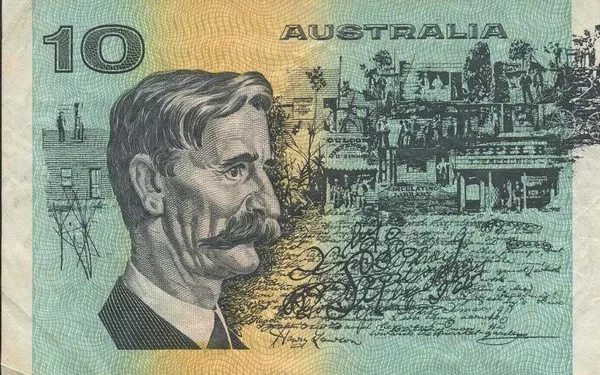The Australian Dollar (AUD) rebounded on Wednesday, regaining ground after losing more than 0.50% in the previous session, as the US Dollar (USD) continued its decline. The AUD/USD pair benefited from broad USD weakness, driven by cautious remarks from Federal Reserve (Fed) officials about the US economic outlook and business sentiment.
Cleveland Fed President Beth Hammack and San Francisco Fed President Mary C. Daly expressed growing worries about the US economy during a Federal Reserve Bank of Atlanta panel. While key economic indicators remain robust, both officials highlighted falling consumer and corporate confidence, partly attributing this shift to US trade policy uncertainties.
Meanwhile, China’s Commerce Ministry condemned recent US restrictions on advanced Chinese chips as “typical of unilateral bullying and protectionism,” signaling heightened trade tensions. Chinese authorities are probing the sincerity of US efforts to amend these policies.
On the domestic front, the Reserve Bank of Australia (RBA) lowered its Official Cash Rate (OCR) by 25 basis points to 3.85%, with Governor Michele Bullock defending the move as a proactive step to contain inflation and bolster confidence. She hinted at the possibility of further rate adjustments if needed.
Political instability also weighed on the AUD, with the National Party’s withdrawal from its coalition with the Liberal Party leading to the opposition’s collapse. This turmoil has strengthened the ruling Labor Party’s position, giving it a broader mandate.
The US Dollar Index (DXY) slipped for the third consecutive day, trading near 99.90 as concerns over US fiscal health mount. Atlanta Fed President Raphael Bostic warned that erratic tariff policies risk disrupting trade logistics essential to meeting domestic demand.
Moody’s downgrade of the US credit rating from Aaa to Aa1 added to the dollar’s woes, forecasting rising federal debt and widening budget deficits. This downgrade complements similar moves by Fitch and S&P in recent years, underscoring fiscal vulnerabilities.
Data from last week showed easing inflation, with softer Consumer and Producer Price Index readings fueling expectations of further Fed rate cuts in 2025. Disappointing US retail sales reinforced fears of prolonged economic sluggishness.
China’s central bank also eased monetary policy by cutting Loan Prime Rates (LPRs), while April retail sales and industrial production data showed mixed signals, reflecting slower but steady growth.
Trade optimism returned with a tentative 90-day US-China truce and hopes for additional agreements. However, US Treasury Secretary Scott Bessent reiterated the administration’s readiness to impose tariffs on countries that fail to negotiate in good faith.
Australian employment surged in April, with an 89,000 increase far exceeding expectations, although the unemployment rate held steady at 4.1%.
Technically, the AUD/USD pair trades around 0.6450, maintaining bullish signals as it stays above the nine-day Exponential Moving Average (EMA) and a 14-day Relative Strength Index (RSI) above 50. Immediate resistance is at 0.6515—the six-month high from December 2, 2024—with a potential rally toward the seven-month peak at 0.6687. Support levels are set at the nine-day EMA near 0.6426 and the 50-day EMA at 0.6365, with a break below possibly targeting the March 2020 low at 0.5914.
Overall, the AUD’s recovery reflects a combination of USD softness, RBA policy easing, and mixed geopolitical developments, setting the stage for cautious optimism in the near term.
Related Topics:





















